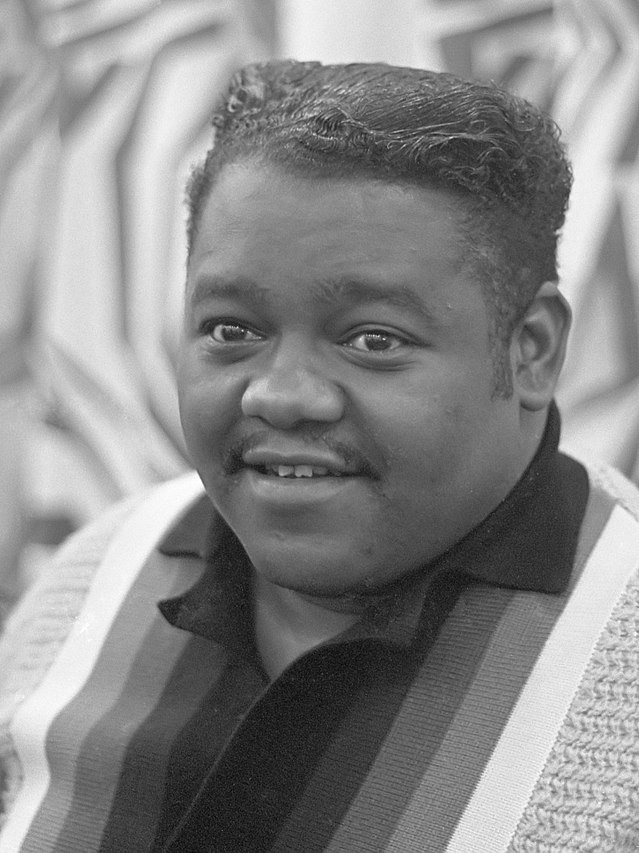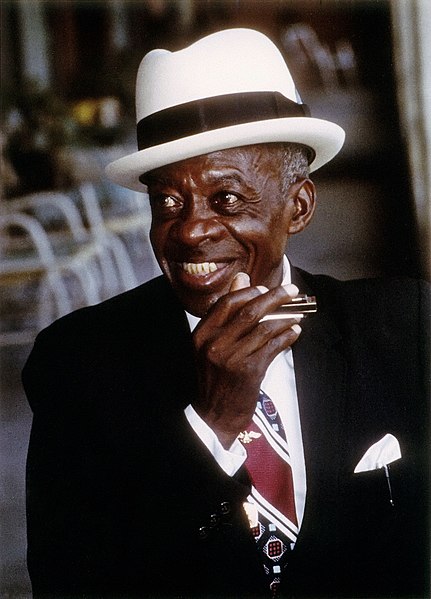
Published on October 28, 2022.
By: Sydnee Walcott
Rock and roll is a genre that popular White artists have engaged in such as Elvis Presley, Buddy Holly, The Rolling Stones, Led Zeppelin and AC/DC. What many people do not know is that Black musicians are the originators of the rock and roll and country genre.
Rock and roll was created in the Deep South through a mixture of Black American music genres like the blues—rock and roll’s most direct influence—bluegrass, R&B, gospel, and jazz.
During the Great Migration of the late 1940s, many African Americans moved from the southern regions of the country to cities up north, to avoid Jim Crow laws implemented in several southern states. Black southerners brought concepts of rock and roll to entertainment industries in urban cities. As their sounds became popular on the outskirts of the Black underground music scene, it caught the attention of suburban families, most importantly, their teenagers, who played a huge role in the rise of the genre.
Music executives and their labels saw this as an opportunity to profit off the genre’s popularity and talent. However, the industry excluded Black musicians and chose to sign with White artists to re-record songs originally created by Black artists. This practice unrightfully favoured White singers and paved the way for singers like Elvis Presley and Buddy Holly to achieve success from songs originated by Black artists.
Some songs that were covered by White artists include “Hound Dog” which was originally performed by Big Mama Thornton and covered by Elvis Presley. Another is “Tutti Frutti” originally performed by Little Richard and covered by Pat Boone.
These are some of the artists who are known as Black pioneers of the rock and roll genre.

Fats Domino started off as an R&B star and achieved local success in the rock and roll genre. He was one of the most influential performers throughout the 1950s and 60s. The release of “Ain’t That a Shame” is what encouraged him to create music for the mainstream industry. Domino was a powerful innovator as his music brought people together from an array of backgrounds and racialized cultures.
Sister Rosetta Tharpe started off as a gospel artist who was a self-taught guitarist that transitioned over to rock and roll and is widely known as the godmother of the genre. Releasing her first single “Rock Me” in 1938, Tharpe is often labeled as an artist who created rock music before it took off in the 1950s. Sharpe’s songs were classified as spiritual with a mix of rock and roll.
Little Richard, who has declared himself as the Queen of Rock and Roll, is also a founding father of the rock and roll genre. He is known for challenging gender norms and pushing boundaries through his stage presence. His effort to break boundaries has influenced artists like Elton John and David Bowie. His big break came in 1955 when he released his first major hit, “Tutti Frutti.”
Young Black and White rock and roll fans became a moving factor in the breakdown of racial segregation in the United States.
Country music has also been stripped of its Black origins. Country music, another subset of southern music in the US, also has embedded roots in the Black pioneers of the genre.
Lil Nas’ 2019 hit, “Old Town Road”, may currently be the most well-known country song by a Black artist, but Black roots in country music dates back to the 17th century with Negro spirituals and the genre’s establishment in the 1920s. Country music’s origins are derived from blues and West African music traditions.
When Africans were taken from their homeland and enslaved, they brought their language, cuisine, and music along with them to America. The banjo, which originated in Africa, is a key instrument in country music created by enslaved Africans in the 17th century and arrived in America from the Caribbean. Enslaved Africans were the only people who played the banjo until the early 1840s.
The banjo became popular and appropriated in the 1850s when a White blackface minstrel performer, Joel Sweeney, became the first documented banjo player after taking lessons from enslaved people on a plantation in Virginia. In the 1920s, country music, known as “hillbilly music” at the time, was created.
The genre’s first artists used spirituals, field songs, hymns, and the blues as inspiration for creating music. During the 1920s and 1930s, Black and White hillbilly artists would collaborate together and create several popular tracks.
The erasure of Black country musicians and their contributions to the genre began when the hillbilly genre was rebranded as country music. Reputable record labels that wanted to sell country music to White audiences could not do so with the use of both Black and White artists due to segregation. Once again, they sold covers of famous country records by Black artists with White artists, giving the Black creators no recognition.
Country music was soon marketed as “White American music.” White audiences were able to claim the genre as their own. They continued to transmit that notion throughout the country, and then the world as country music became mainstream.
Here are some of the Black pioneers who helped shape the country’s music genre:
Rufus “Tee Tot” Payne was a blues musician who was known as a mentor to Hank Williams, who became a country superstar. As a mentor, Payne taught Williams how to improve the chords he played on the guitar and exposed Williams to blues and African American artists. Williams used what he learned to create his own style of music by infusing hillbilly, folk, and blues together.

DeFord Bailey grew up in a musical family and is the grandson of a fiddler. He made a name for himself as the “Harmonica Wizard” and became the first African American artist to play the “Grand Ole Opry” in Nashville, Tennessee, performing in the 1920s and 30s. Bailey also broke barriers when he became one of the first African American performers to share the stage with White singers like Roy Acuff during the Jim Crow era in the South. He is most known for his signature song, “Pan American Blues.”
Lesley Riddle, a North Carolina native and country music pioneer, proved that success was possible in the music industry after losing a leg and two fingers during accidents. He learned how to play the guitar and develop his own style. His style of guitar playing became influential on the folk music group, the Carter Family. Riddle and the group’s Founder, A.P. Carter documented songs and ideas that would be released as the band’s earliest recordings.
Rock and roll and country music might currently be dominated by White artists. However, the Black pioneers of the genres deserve to be credited for their contributions and influence stemming from their sound and performance style. These artists have and continue to show that Black artists are talented people who can do great things with what their talent has to offer.
Sydnee Walcott is a Copy / Contributing Editor for Black Voice. She is also a writer who likes to capture the essence when writing articles on a variety of topics.

